Is your green thumb itching to keep growing even as temperatures start to dip? Living in USDA Zone 8 means you’re blessed with relatively mild winters, but that doesn’t mean your garden is safe from sneaky frosts. So how do you extend your harvest and keep fresh veggies on the table when the chill sets in?
The answer: cold-hardy vegetables. These resilient plants laugh in the face of frost and thrive in crisp fall weather. Whether you’re dreaming of crunchy salads, earthy soups, or colorful roasted veggies, a fall garden in Zone 8 offers plenty of delicious possibilities.
Let’s explore 10 fantastic cold-hardy vegetables perfect for your Zone 8 fall garden — and discover how to help them flourish despite dropping temperatures!
Why Plant a Fall Garden in Zone 8?
Before we dive into veggies, you might wonder — why bother planting a fall garden at all?
The Perks of Autumn Growing
- Cooler Weather, Fewer Pests: Many destructive insects retreat as temps cool, making fall gardening less stressful than summer.
- Sweeter Flavors: Frost can enhance sugars in certain veggies, improving taste dramatically.
- Extended Harvest: Keep enjoying fresh produce long after your summer crops fade.
- Better Soil Moisture: Cooler temperatures mean less evaporation, helping soil stay hydrated.
Tempting, right? Now let’s talk about the stars of your autumn show.
Avoid the Frost! 10 Cold-Hardy Vegetables for Your Zone 8 Fall Garden
Ready to keep your garden going strong? Here are 10 veggies that can handle Zone 8’s fall chills — and even a light frost or two.v
1. Kale
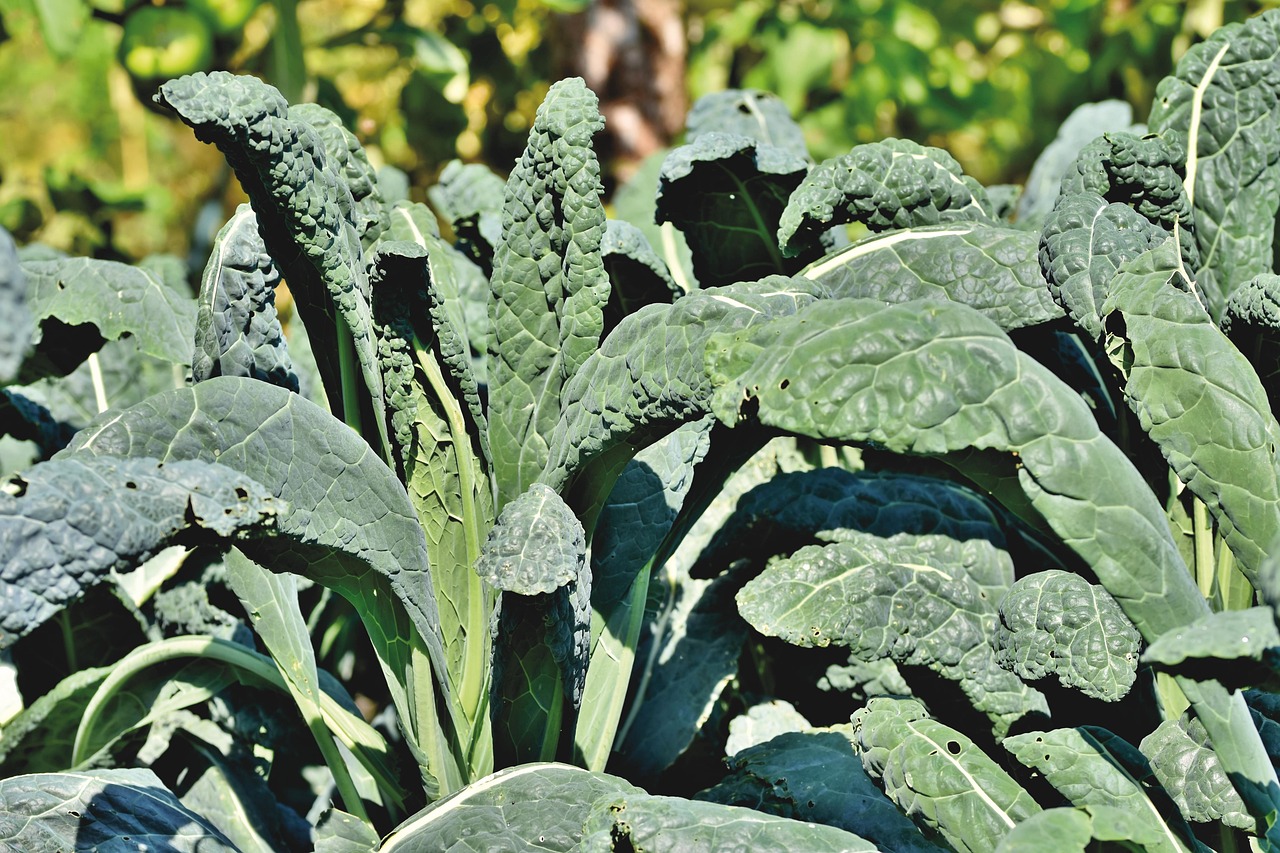
Is there a vegetable tougher than kale? Probably not.
Why Grow Kale?
- Thrives in cool temperatures
- Becomes sweeter after a light frost
- Grows back after harvesting individual leaves
- Perfect for salads, stir-fries, soups, or crispy kale chips
Pro Tip: Plant kale 6-8 weeks before your first average frost date for lush growth.
2. Spinach
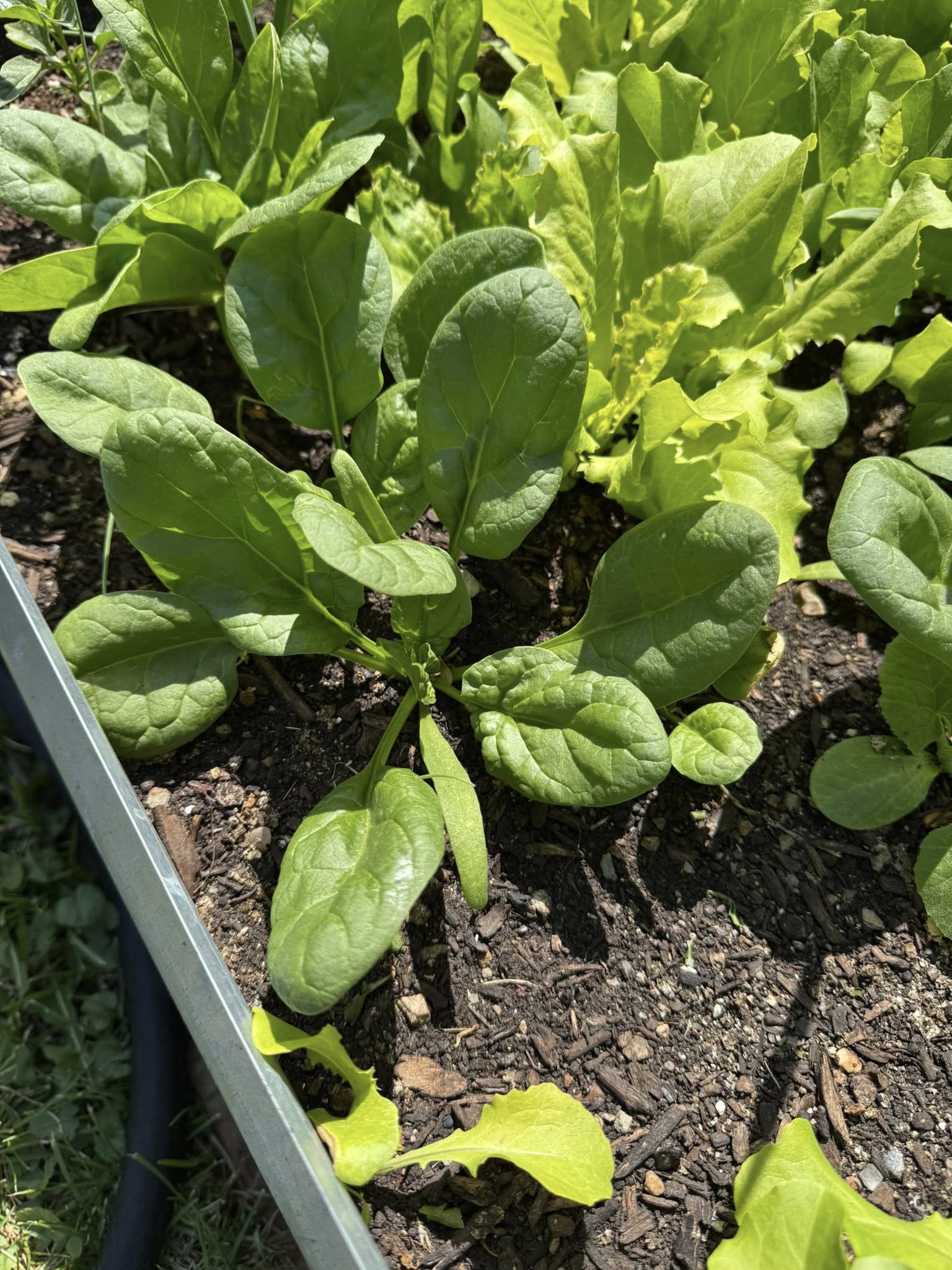
This leafy superstar is a must-have for any fall garden.
What Makes Spinach Special?
- Germinates well in cooler soil
- Quick-growing — harvest in as little as 30-45 days
- Packed with iron, vitamins A and C
Want tender spinach leaves? Sow seeds every couple of weeks for a continuous harvest!
3. Broccoli
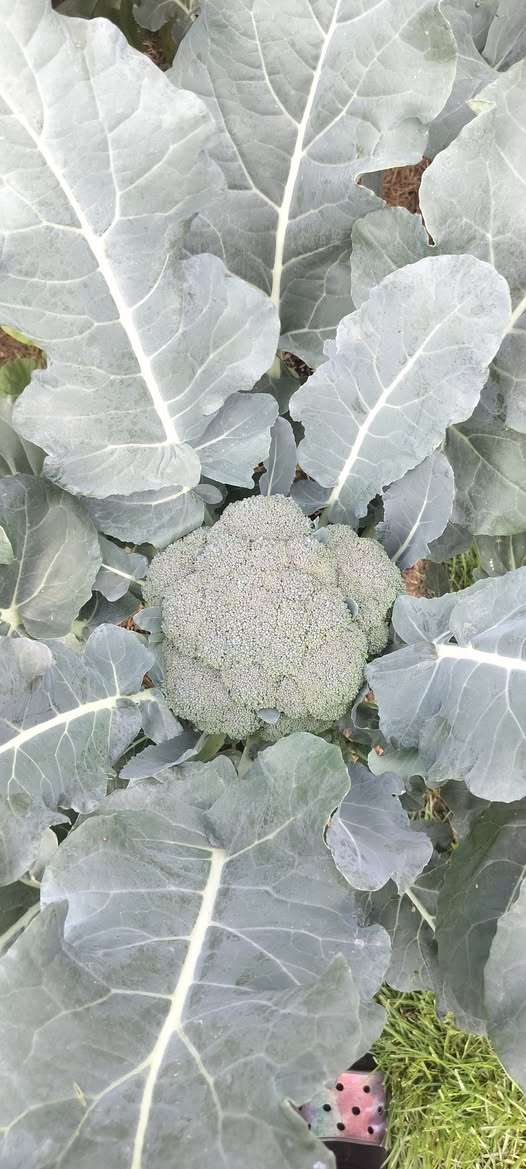
Dreaming of vibrant green heads sprouting in chilly weather? Broccoli’s your friend.
Broccoli Benefits:
- Handles mild frosts
- Sweetens with cooler temps
- Delicious raw, steamed, roasted, or in casseroles
Start broccoli seedlings indoors in late summer, then transplant once temps drop below 85°F. Broccoli loves cool roots!
4. Cabbage

Few vegetables scream “fall harvest” like crunchy, tight-headed cabbage.
Why Choose Cabbage?
- Can withstand frost and even brief freezes
- Great for slaws, soups, and homemade sauerkraut
- Stores well if you have extra heads
Space cabbage plants 12-24 inches apart — they need room to expand!
5. Carrots
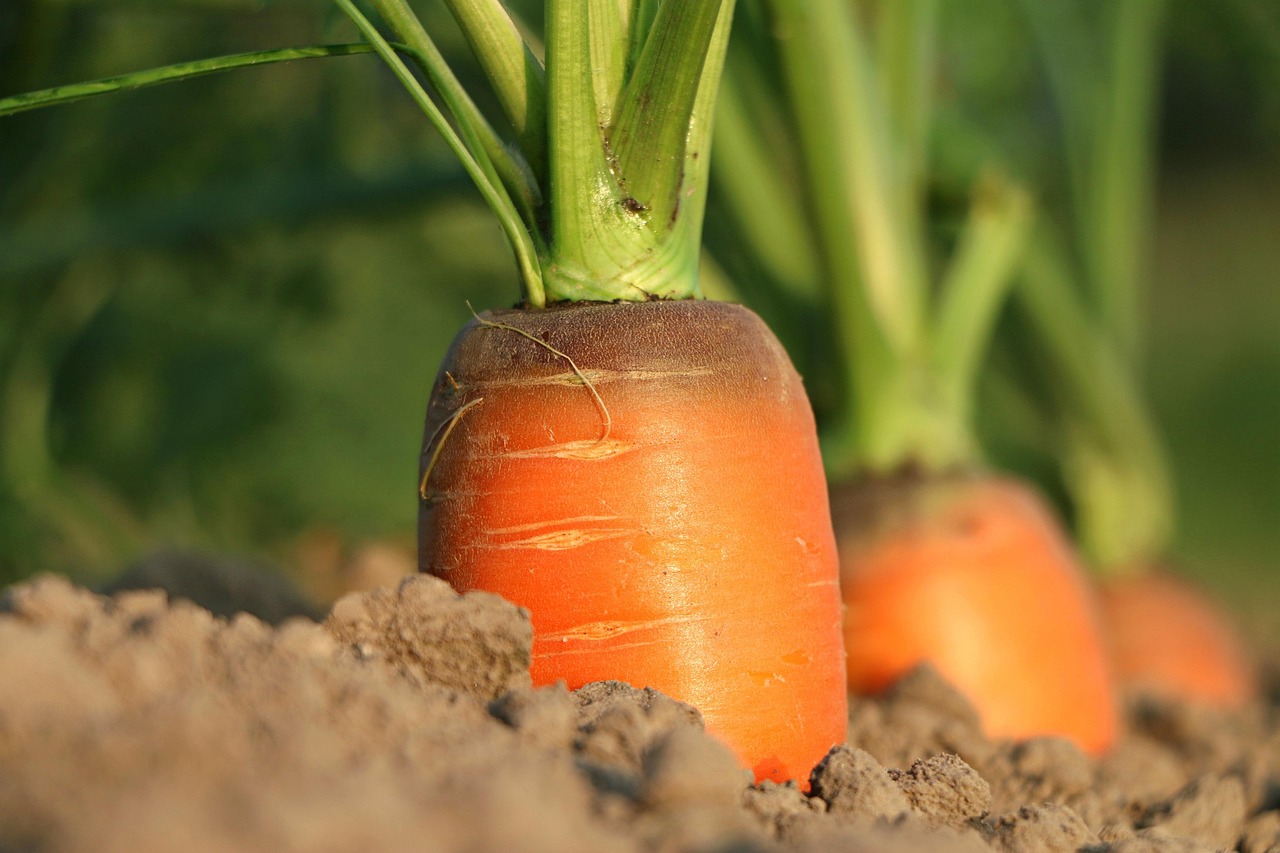
Is there anything better than pulling sweet, crisp carrots from cool fall soil?
Carrot Highlights:
- Flavor intensifies after frost
- Easy to direct-sow in the garden
- Ideal for fresh eating, roasting, or stews
Hint: Cover carrot rows with a light layer of mulch to protect them as temperatures drop.
6. Swiss Chard
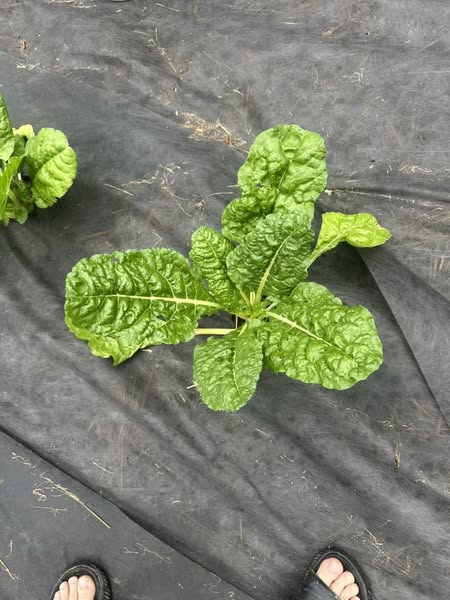
Want a pop of color in your fall beds? Swiss chard brings both beauty and flavor.
Why Grow Swiss Chard?
- Tolerates light frosts
- Continues producing leaves into winter
- Stems come in vibrant colors — red, gold, pink, white
- Excellent sautéed, added to soups, or tossed in salads
Harvest outer leaves and let the plant keep growing for months of fresh greens!
7. Lettuce
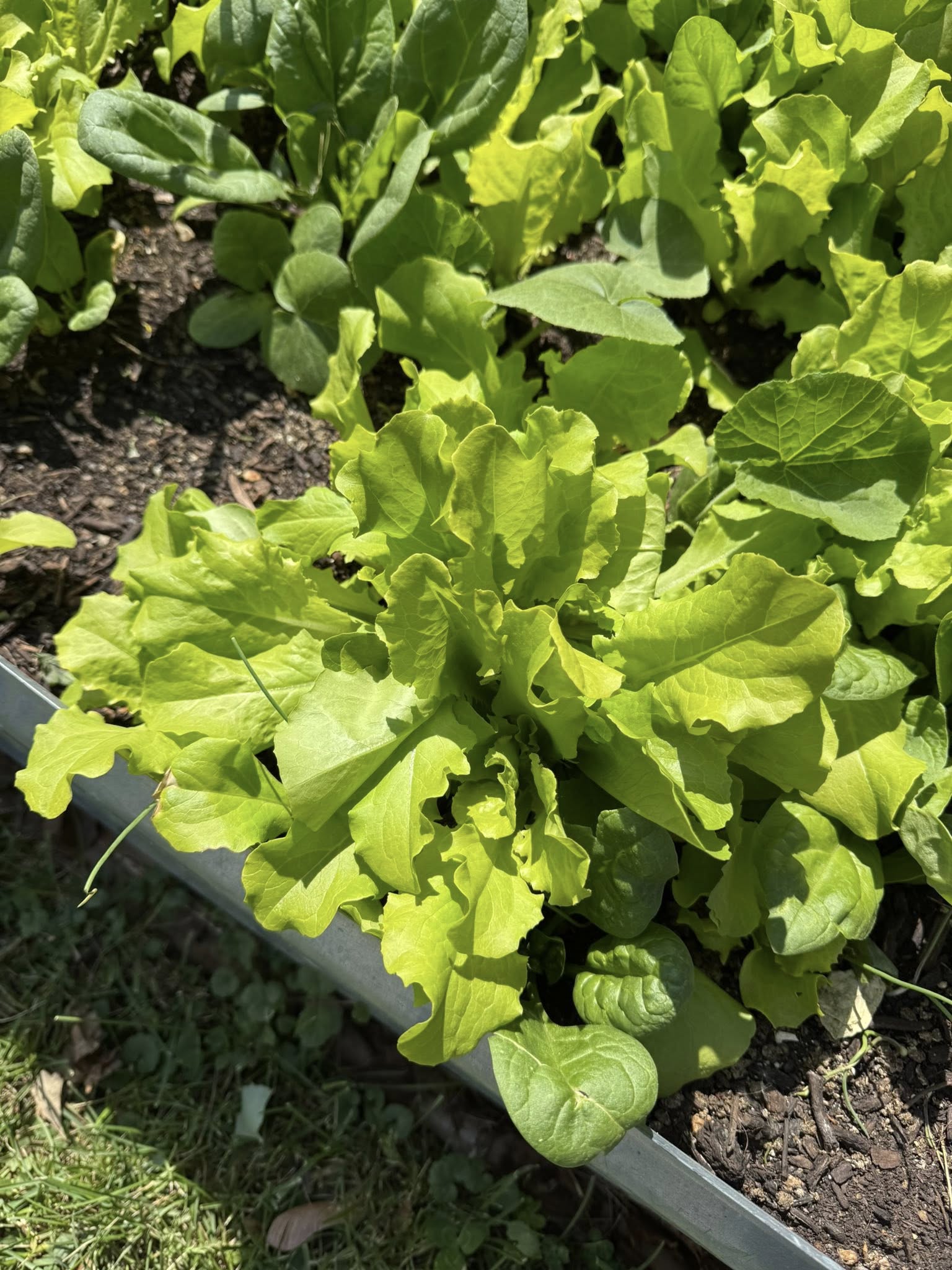
Think lettuce season ends with summer? Not so in Zone 8!
Cool Things About Lettuce:
- Grows quickly in cool temps
- Comes in countless varieties — romaine, butterhead, leaf types
- Frost-tolerant, though very hard freezes can damage leaves
Try sowing lettuce every 10-14 days for a continuous salad harvest. Who doesn’t want fresh greens all fall?
8. Beets
Beets thrive when temperatures fall and add earthy sweetness to your meals.
Why Beet It?
- Tolerate light frosts
- Both roots and greens are edible
- Brilliant color for salads, roasting, or juicing
Space beets about 3 inches apart for plump roots. And don’t toss those tops — they’re delicious sautéed!
9. Peas
Think peas are only for spring? Surprise — fall is perfect for them too.
The Appeal of Fall Peas:
- Prefer cooler temps for pod development
- Tolerate light frosts
- Sweet, crisp pods make excellent snacks or stir-fry additions
Try sugar snap peas or snow peas for a tasty fall treat. Give them a trellis for climbing, and watch them thrive!
10. Turnips
Turnips may be old-fashioned, but they’re a fall garden secret weapon.
Turnip Perks:
- Handle frost without trouble
- Grow quickly — often harvestable in under 60 days
- Roots and greens both edible
- Great for mashing, roasting, or soups
Plant seeds directly in your garden bed about ½ inch deep and thin seedlings for proper spacing.
Tips for Growing Cold-Hardy Vegetables in Zone 8
So you’ve picked your veggies — how can you help them survive chilly nights and thrive until winter?
Know Your Frost Dates
Do you know your region’s average first frost date? In Zone 8, it often falls between late October and mid-November. Check local records for precise timing so you can plan your planting schedule.
Use Row Covers or Cloths
When forecasts predict a frost, protect your crops with:
- Floating row covers
- Old bed sheets
- Garden fabric
These barriers trap heat and shield plants from icy winds.
Mulch Generously
A thick layer of mulch:
- Insulates soil
- Retains moisture
- Protects shallow roots
Straw, shredded leaves, or pine needles all work beautifully.
Water Before a Frost
Surprisingly, watering your garden before a frost can help protect plants. Moist soil holds heat better than dry soil, buffering roots from freezing temps.
Harvest Strategically
Certain veggies (like kale, carrots, and beets) taste better after a light frost. But delicate leaves, like lettuce, may need harvesting before temps plunge too low.
Ask yourself: Which crops can wait for a frost to sweeten up — and which ones should you pick early?
Frequently Asked Questions
Can I grow all these vegetables in containers?
Absolutely! Many cold-hardy veggies — like lettuce, spinach, and kale — thrive in pots. Just make sure containers are deep enough for roots and protect them during frosty nights.
Will snow kill my cold-hardy vegetables?
Light snow acts as insulation and often protects plants. But prolonged deep freezes can damage even hardy crops. Use row covers for extra security if extreme cold hits.
Do I need to fertilize fall vegetables?
Yes, but go easy. Fall veggies grow slower in cool temps, so they don’t require as much nitrogen. Compost or balanced organic fertilizer is perfect.
